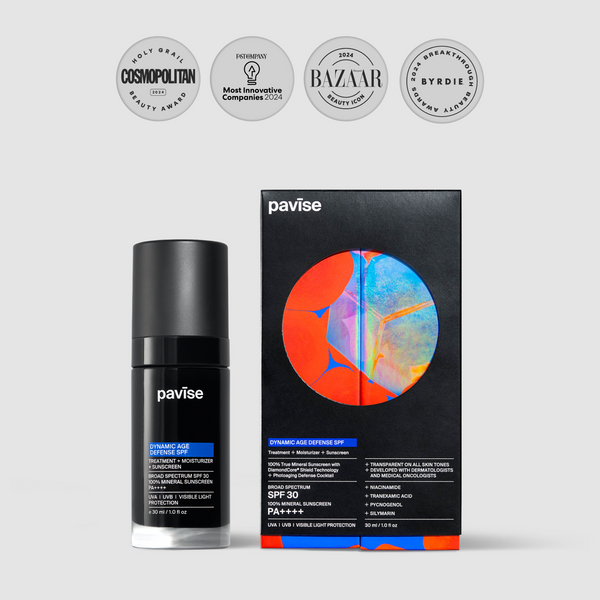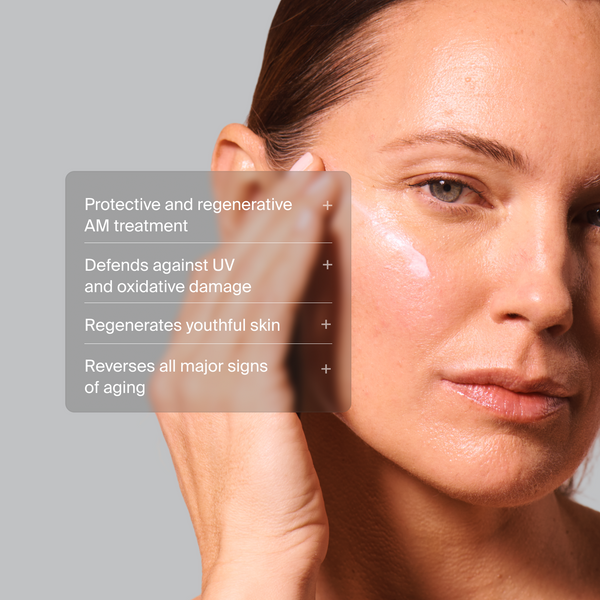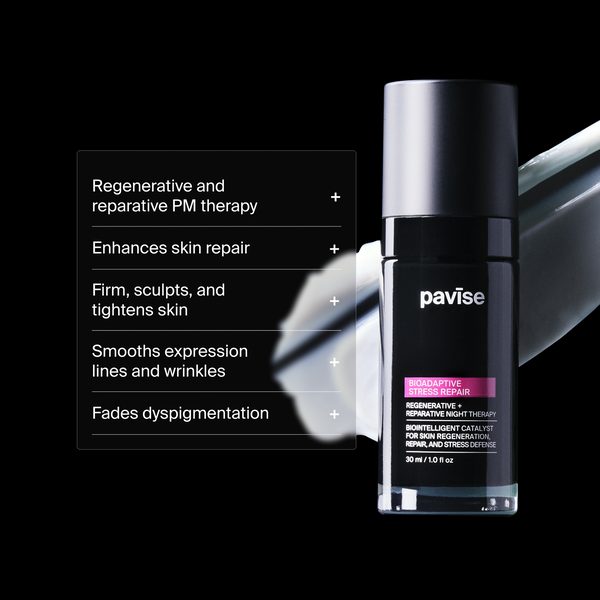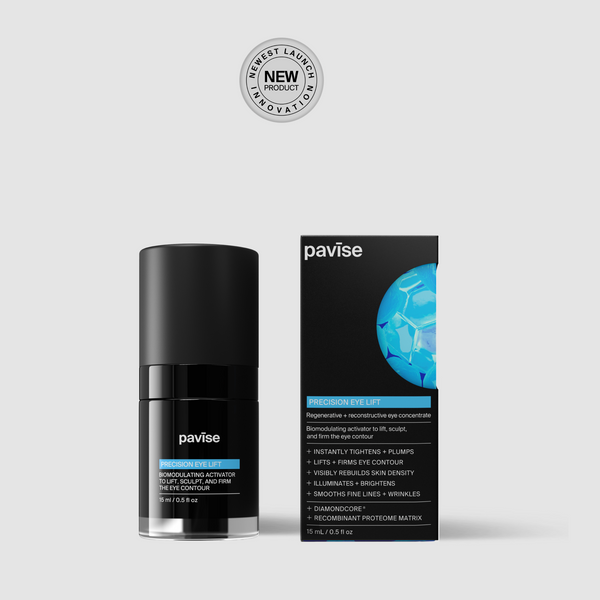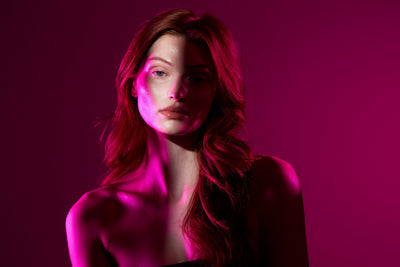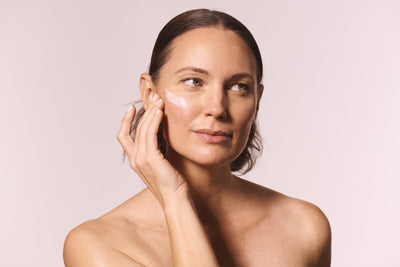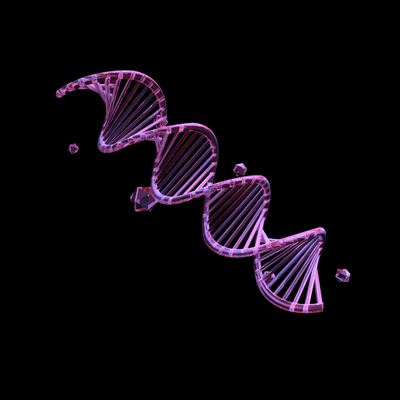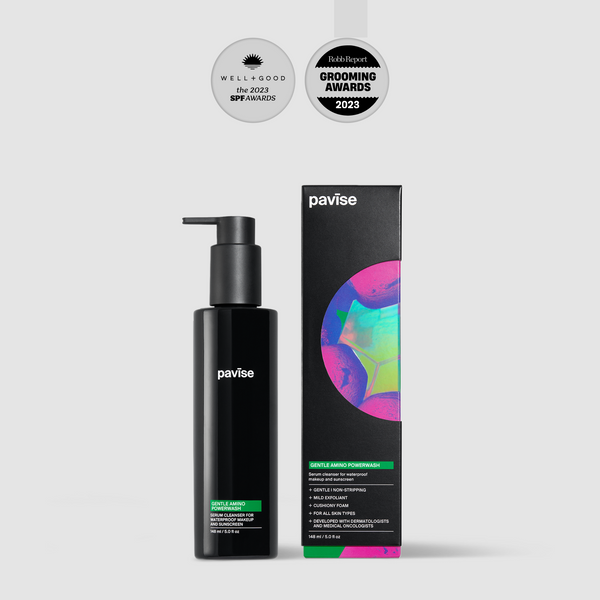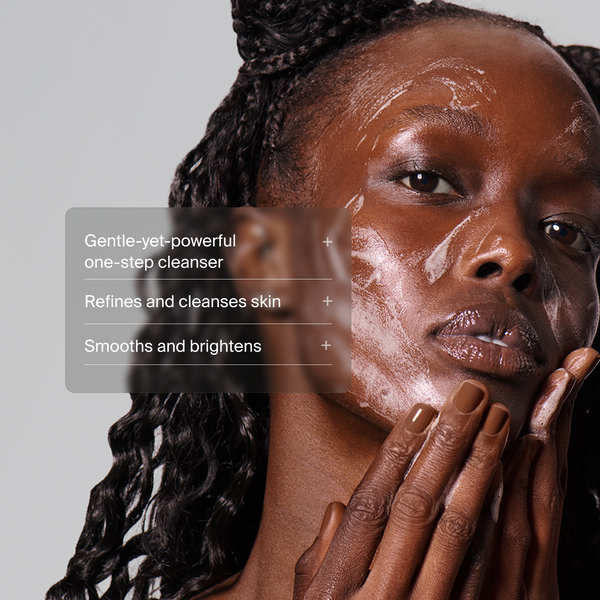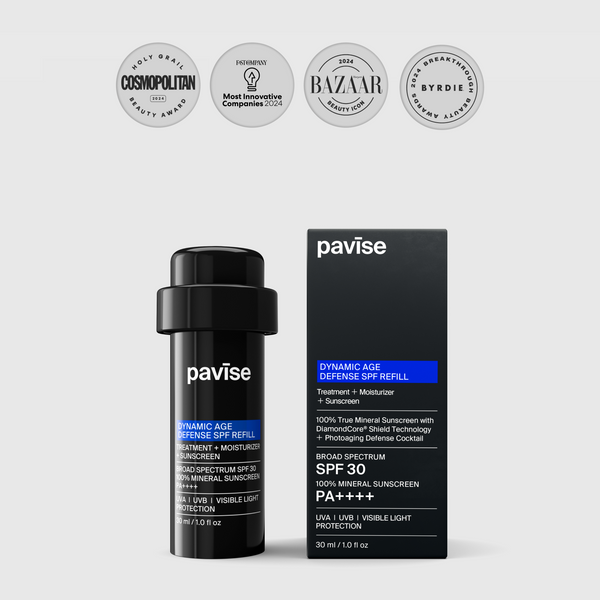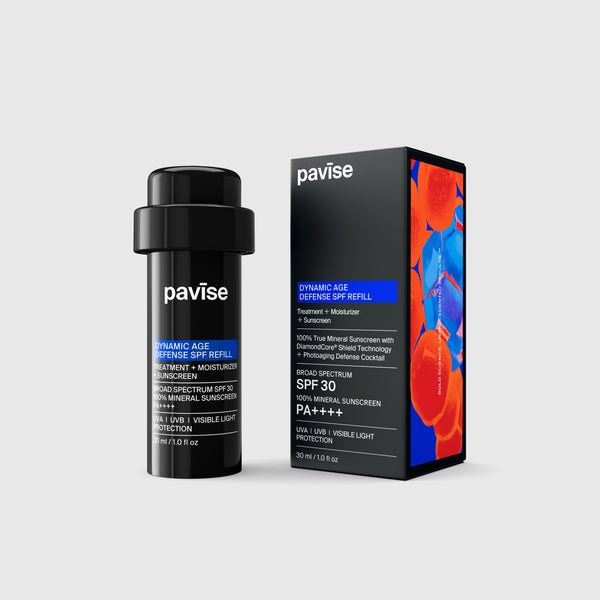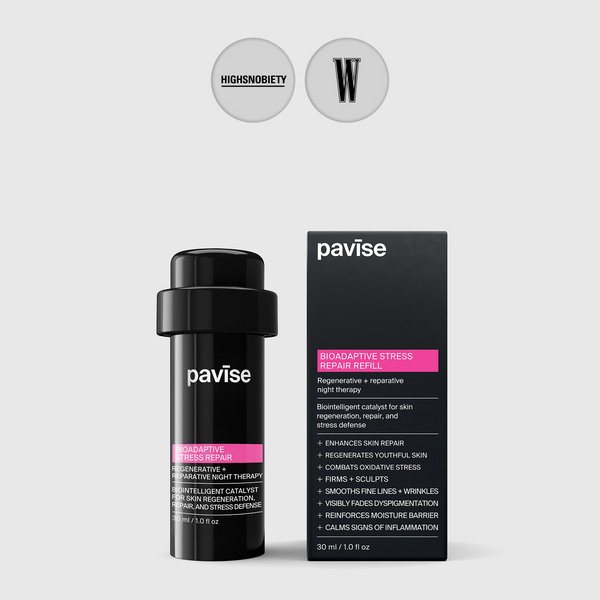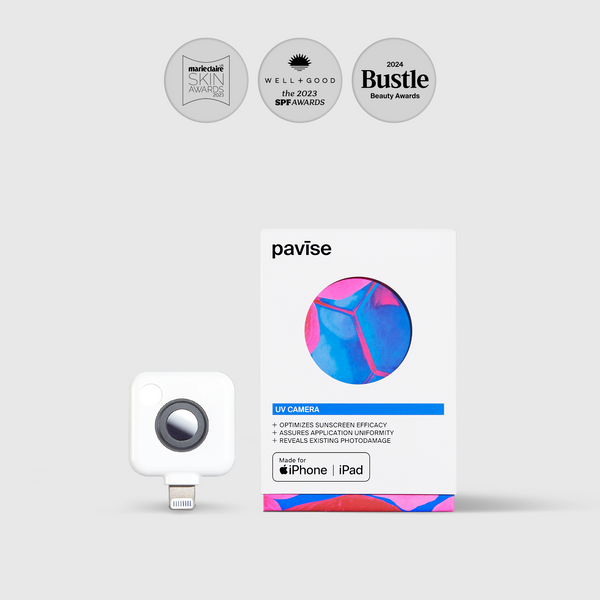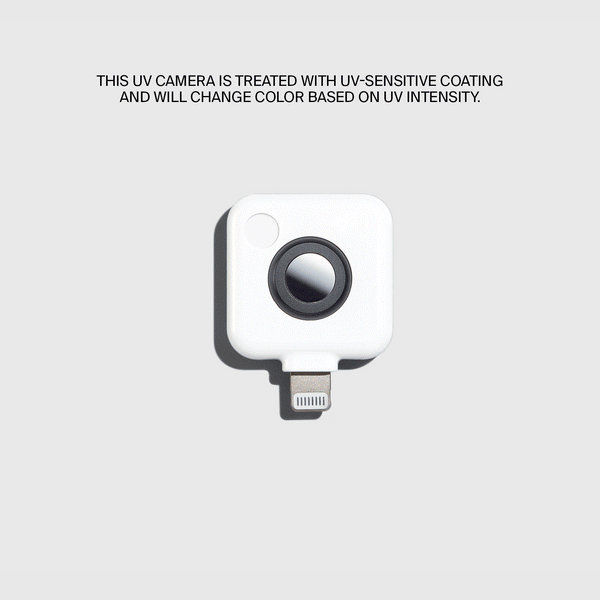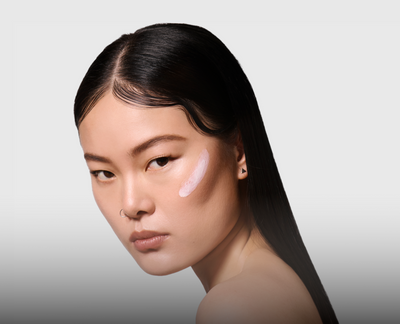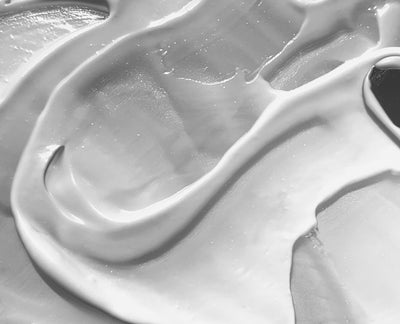SPF 30/50, BROAD SPECTRUM, PA++++: HOW SPF RATING IS DETERMINED AND WHAT IT MEANS

What you need to know
SPF testing measures the efficacy of a sunscreen in protecting against UVB rays, but does not take into account protection against UVA rays, which also cause photoaging and skin cancer.
UVA testing is more advanced in other countries in Asia and Europe specifically and uses the PA+++ system, but this system is not recognized by the FDA in the US, where a broad spectrum test is performed instead.
It’s important to understand the limitations of SPF testing, such as its tendency to be tested on lighter skin tones and the variability of in vivo and in vitro testing procedures.
Have you ever wondered what the difference is between an SPF 30 and 50 sunscreen? How important is broad spectrum, and how is SPF testing done? Can you trust it?
UV radiation and sun damage are major contributors to skin health outcomes like skin cancer, aging, and hyperpigmentation. UV radiation includes UVA, UVB, and HEVL rays, which each impact skin health differently, and it’s important to use sun protection that effectively protects against all of these different types of UV radiation.2 We’ll take a look at SPF testing and how SPF values are calculated. We’ll also discuss the limitations of SPF ratings and what you need to know to choose a sunscreen that provides comprehensive protection against UVA and UVB rays.
What is SPF testing?
SPF stands for Sun Protection Factor, and is a rating system created by Dr. Franz Greiter in the 1950s to measure sunscreens’ ability to prevent sunburn amongst fair-skinned people.
The mnemonic, “UVB - B for burning,” is helpful here to remember that, as SPF measures sunscreens’ ability to prevent burning, SPF only measures UVB protection.7,8
How SPF is measured
SPF testing can either be done in vivo (on human participants) or in vitro (in a lab). SPF testing is most often done in vivo (ISO 24444 test), as lab environments can rarely replicate human variables like skin texture, absorption, etc. that all affect testing results.7 2mg per square centimeter of sunscreen is put onto study participants’ skin and the patch of skin is exposed to UV radiation. The SPF value indicates how long it takes for the skin patch to develop erythema (redness, usually) with sunscreen applied vs. without.7 For example, if your skin burns in 10 minutes without sunscreen but takes 300 minutes to burn with sunscreen, then the sunscreen allows you to be exposed to UV radiation 30X longer and has an SPF value of 30.
Another way to think about SPF values is to divide 1 by the SPF value (1/SPF). For example, to assess an SPF 30 sunscreen, you could divide 1/30 = 0.03. This means that only ~3% of UVB radiation from the sun will be transmitted through to the skin.5
The limitations of SPF testing
This method of SPF testing has several limitations.
- Human skin has lots of variability in texture, tone, thickness, etc., all of which can impact test results.
- SPF tested values can vary test to test, depending on the participants used. This can contribute to failed SPF tests which have caused some SPF brands to recall their products.
- Brands have been known to fail SPF tests that validate their SPF rating post-launch, because the later SPF test performed the test with participants in a different country with different skin tones, textures, etc. In vivo SPF testing, which is considered the gold standard, is highly variable.7
- Shameless plug: Pavise has attempted to combat these discrepancies by performing our SPF tests on Fitzpatrick skin types 1-4, so that we’re able to account for more variability in skin type and tone.
- SPF testing is most often performed on pale, white skin, and is rarely tested on darker skin to determine SPF value.
- The SPF testing assay was created with white skin in mind. Erythema, the redness/burn factor used in SPF testing, is most recognized and represented in academic literature on white skin.3 This makes testing on darker skin more “difficult” to measure, and participants with darker skin, past the Fitzpatrick skin type III, are typically excluded.7 To be clear, SPF testing absolutely should be tested on darker skin tones - it’s incredibly important to know that SPF is offering comprehensive protection for all variability in skin tone, texture, etc.
- Many companies and testing labs are incentivized to test SPF rating on white skin because paler skin can provide the biggest “change” in time to burn with and without sunscreen.3 Remember that SPF tests compare time to burn first with, then without sunscreen, and measure the difference between those two values. Because paler skin naturally develops erythema much faster than darker skin, the change after sunscreen application is much more pronounced.
- SPF tests time to erythema or burning, and therefore only measures protection against UVB radiation since only UVB contributes to burning. UVB rays, however, only make up 5% of the sun’s UV radiation.2
- UVA rays, which are associated with signs of aging, collagen degradation, and hyperpigmentation, make up 95% of the sun’s UV radiation. UVA’s effects aren’t immediately visible and can’t be measured by SPF tests.2
- SPF values aren’t useful when looking for UVA protection, which is why it’s important to look for broad spectrum sunscreens in addition to higher SPF values.
Broad spectrum and the PA++++ system
Broad spectrum protection in sunscreens refers to the sunscreen’s ability to protect against both UVB and UVA radiation. This is an important claim to look for when choosing a sunscreen because UVA rays make up 95% of the sun’s radiation, and causes photodamage that can lead to aging and skin cancer. Avobenzone is the only chemical UV filter that protects against UVA rays, while both zinc oxide and titanium dioxide, mineral UV filters, offer UVA protection.1 This means that in addition to the in vivo SPF testing done to determine UVB protection, additional UVA testing must be done.
Measuring UVA protection includes significantly more variability from country to country. In the US, the FDA requires the ISO 24443 test, which involves spreading a thin layer of the sunscreen (0.75mg per square centimeter) onto a transparent plate and then using a spectrophotometer to measure the absorbance spectrum of the sample.7 The “critical wavelength” is the wavelength at which a sunscreen allows 10% of UV rays to penetrate through to skin. The critical wavelength of broad spectrum or UVA protective sunscreens in the US is 370nm, meaning that sunscreens must show a critical wavelength of at least 370nm in order to be given broad spectrum certification.5
Some countries, particularly in Asia and Europe, also use the Persistent Pigment Darkening (PPD) testing method, also called the ISO 24442 test.7 This measures the amount of UVA radiation required to cause a specific degree of tanning in skin, with higher values indicating greater UVA protection. This test is done in vivo, typically on darker skin tones that have a tendency to tan rather than burn when exposed to UV radiation. 2mg per square centimeter of sunscreen is put onto study participants’ skin and the patch of skin is exposed to UV radiation.7 The PA++++ system is used to indicate the level of UVA protection based on the results of PPD testing. Depending on how well the sunscreen protects against UVA, 1-4 plus signs are assigned. For example, a sunscreen with a PA++++ rating offers the highest level of UVA protection.7
The limitations of UVAPF testing
UVA Protection Factor, or UVAPF Testing, particularly in the US, is much less precise than SPF testing. The FDA currently does not recognize the ISO 24442 or PPD test in the US, which is why US sunscreens don’t tend to include PA+++ ratings. The ISO 24443 test that the FDA does recognize has its own limitations:4
- The in vitro test can’t mimic the real complexities of human skin. Even though the transparent plate that the sunscreen is applied to is made to mimic the roughness of human skin, it doesn’t account for other factors that differentiate different participants’ skin from one another.
- As long as the absorption spectrum produced in the test includes UV radiation wavelengths past a certain critical threshold the sunscreen is marked “broad spectrum.” It’s essentially a pass/fail test that doesn’t show the actual scale of UVA protection.
References:
- “Avobenzone - an Overview | ScienceDirect Topics.” ScienceDirect Topics, ScienceDirect Topics, https://www.sciencedirect.com/topics/medicine-and-dentistry/avobenzone. Accessed 6 Mar. 2023.
- D’Orazio, John. “UV Radiation and the Skin.” National Institutes of Health, National Institutes of Health, 20 June 2023, https://www.ncbi.nlm.nih.gov/pmc/articles/PMC3709783/.
- EDITORS, THE. “Clinical Trials Have Far Too Little Racial and Ethnic Diversity.” Scientific American, Scientific American, 1 Sept. 2018, https://www.scientificamerican.com/article/clinical-trials-have-far-too-little-racial-and-ethnic-diversity/.
- Hedayat, Kam. “Comparison of UVA Protection Factor Measurement Protocols.” National Institutes of Health, National Institutes of Health, 1 Jan. 2020, https://www.ncbi.nlm.nih.gov/pmc/articles/PMC7244352/.
- “Labeling and Effectiveness Testing: Sunscreen Drug Products for Over-T.” U.S. Food and Drug Administration, U.S. Food and Drug Administration, 9 Mar. 2023, https://www.fda.gov/regulatory-information/search-fda-guidance-documents/labeling-and-effectiveness-testing-sunscreen-drug-products-over-counter-human-use-small-entity.
- Pirotta, Giulio. (2015). An overview of sunscreen regulations in the world. 10. 17-22.
- “SPF Tests and Related.” Eurofins Scientific, Eurofins Scientific, https://www.eurofins.com.au/dermatest/sunscreen-testing/spf-tests-and-related/. Accessed 6 Mar. 2023.
- “Sun Protection Factor (SPF).” U.S. Food and Drug Administration, U.S. Food and Drug Administration, 3 Mar. 2023, https://www.fda.gov/about-fda/center-drug-evaluation-and-research-cder/sun-protection-factor-spf.
- “UV Radiation.” The Skin Cancer Foundation, The Skin Cancer Foundation, 21 July 2022, https://www.skincancer.org/risk-factors/uv-radiation/.
By Claudia Teng - Updated February 06, 2023
